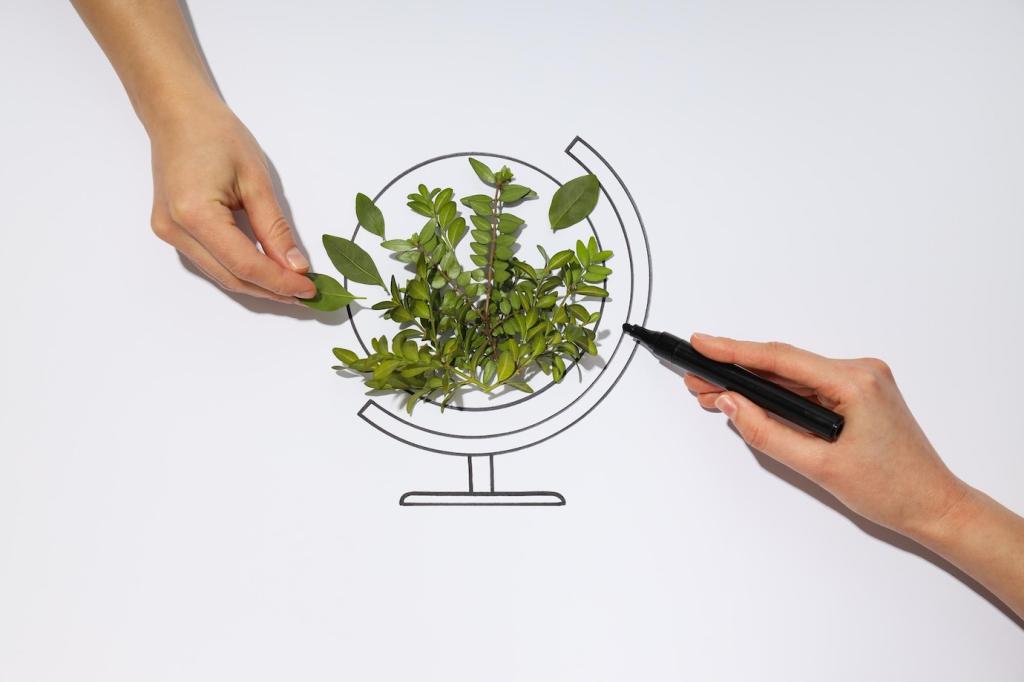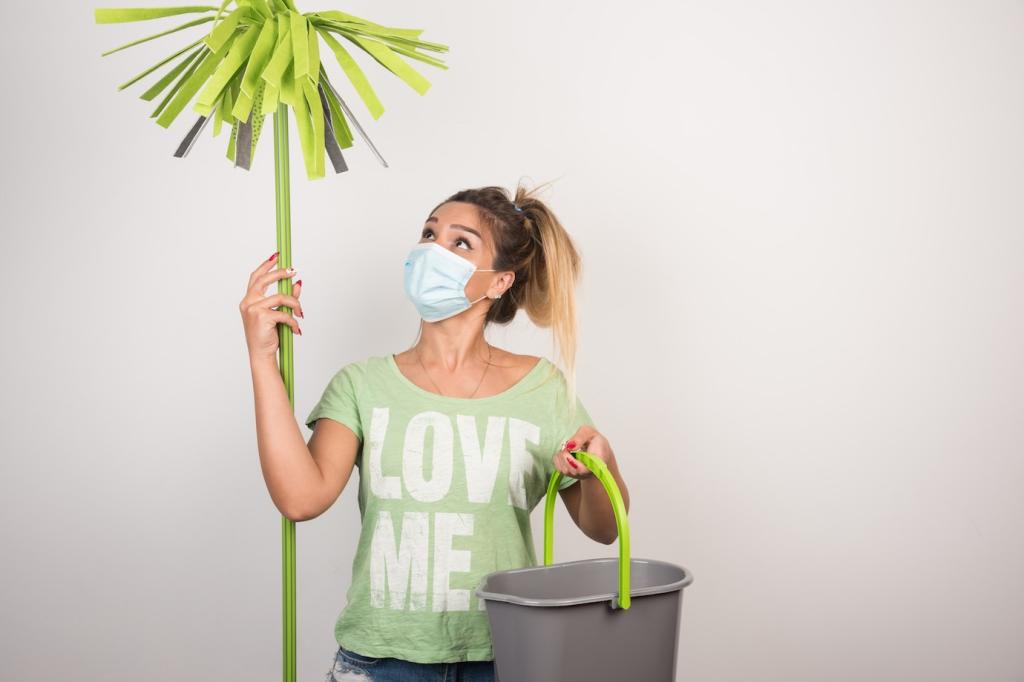Eco-Friendly Furniture Care Tips: Love Your Pieces, Lighten Your Footprint
Today’s chosen theme: Eco-Friendly Furniture Care Tips. Discover practical, planet-conscious routines, heartfelt stories, and simple habits that help your furniture age gracefully while reducing waste. Join the conversation and subscribe for weekly green home wisdom.
Green Cleaning Basics for Every Surface
Swap harsh solvents for vinegar, castile soap, baking soda, lemon, and olive oil. Together they lift dust, break down grime, and nourish finishes without synthetic fragrances, dyes, or aerosol propellants that pollute indoor air and waterways.
Wood Furniture: Preserve Character, Not Chemicals
A soft, tightly woven microfiber cloth captures particles without scratching or shedding. Work with the grain, exhale slowly, and notice small changes—tiny checks, wobbly joints, or a dry armrest—so you can intervene early with natural oil instead of aggressive sanding.


Wood Furniture: Preserve Character, Not Chemicals
Rotate pieces seasonally, keep relative humidity near forty to fifty percent, and shield vulnerable tops from direct rays. These small, eco-friendly habits prevent warping and bleaching, sparing you energy-intensive repairs while preserving the story etched into knots and edges.
Vacuum, Beat, Then Breathe
Start with a gentle upholstery nozzle and slow passes to lift dust without stressing fibers. Take removable cushions outdoors, give a few firm pats, and let sunlight briefly deodorize. Airflow reduces mustiness naturally, cutting the need for fragrance-heavy sprays and single-use wipes.
Stain Strategy Using Household Heroes
Blot quickly, never rub. Mix cool water with a drop of fragrance-free soap for most spills; try diluted enzyme cleaner for proteins. Finish with a light baking soda sprinkle to absorb lingering odors, then vacuum. Share your toughest stain tales; we’ll crowdsource greener fixes together.

Metal, Glass, and Mixed Materials
For brass and copper, dab a paste of lemon juice and baking soda, then rinse and dry thoroughly. Avoid ammonia on nickel or plated parts. A soft toothbrush reaches grooves, while an old cotton tee becomes a lint-free polishing cloth you can wash and reuse.
Repair, Refinish, and Reuse—The Low-Toxic Way
Tighten screws with the right driver, shim wobbly legs using slivers of responsibly sourced wood, and choose water-based wood glue with low VOCs. Small, precise repairs keep pieces functional for decades and prevent them from becoming curbside clutter or fast-furniture waste.
Repair, Refinish, and Reuse—The Low-Toxic Way
Skip strippers with strong fumes. Try citrus-based removers outdoors, then rebuild protection using shellac, hardwax oil, or a polymerized linseed oil finish. These breathable options enhance grain, cure reliably, and allow future touch-ups without sanding the soul out of your furniture.


Daily Habits That Keep Furniture Green
Place coasters, plant saucers with felt backs, and breathable table runners. Add soft pads under lamps and speakers to stop micro-scratches. These unglamorous details prevent rings and dents, cutting down on harsh scrubbing sessions and the temptation to buy quick-fix chemical polishes.
